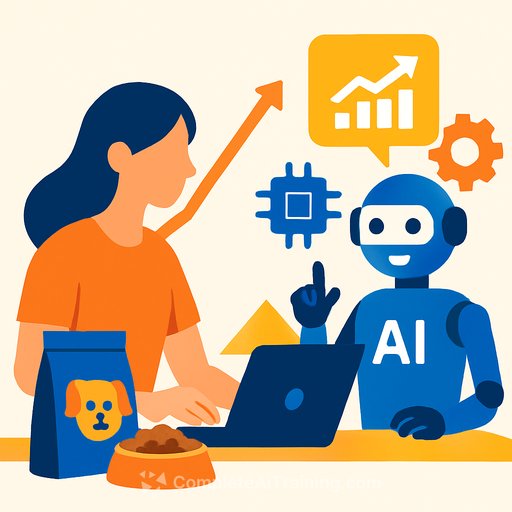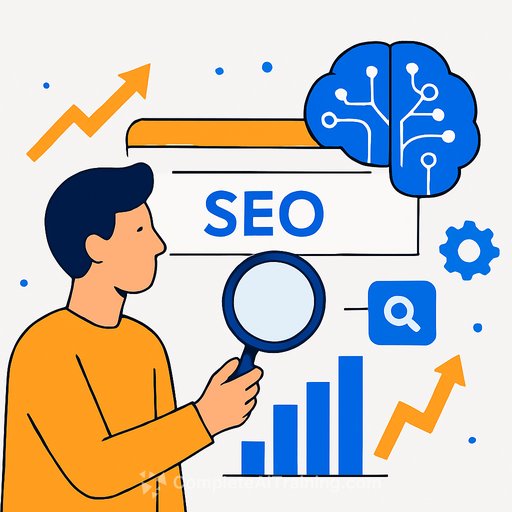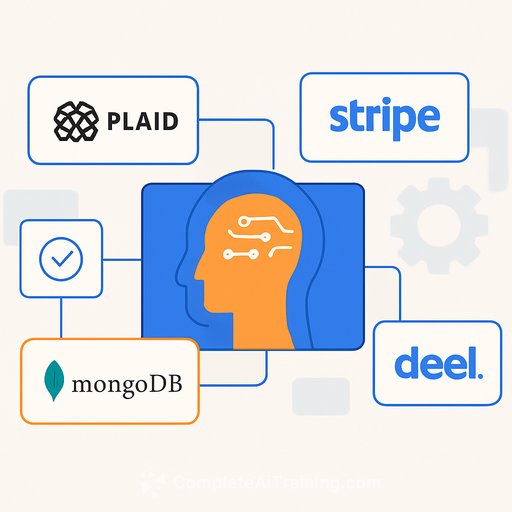Pet Food Market Split on AI Adoption, Marketing Tops Investment Priorities
Almost half of pet food companies have yet to adopt AI technology. Among those ready to invest, marketing and sales applications stand out as the primary focus.
Marketing teams see the biggest opportunity in AI-driven customer targeting and campaign optimization, with 35% of industry professionals pointing to this as the top area for AI use.
Current AI Usage in the Pet Food Industry
The pet food sector is almost evenly divided on AI adoption. About 36% of companies actively use AI, with 16% applying it across multiple functions and 21% focusing on one or two specific areas.
Meanwhile, 26% are not using any AI tools, and another 26% are unsure or have no opinion, indicating a large portion remains undecided. Additionally, 12% are still evaluating AI solutions, which suggests adoption rates could rise soon.
Why Companies Hesitate: Expertise Gaps Lead Barriers
The biggest hurdle to AI adoption is a lack of technical expertise, cited by nearly 25% of respondents. This skills shortage surpasses concerns over cost, data quality, or legacy systems.
Other barriers include outdated systems (15%) and a belief that current processes suffice without AI (17%). Data quality impacts about 10%, while cost and unclear ROI are concerns for only 7%, showing financial worries are less dominant than expected.
Marketing Drives Future AI Investments
When considering where AI can add value, marketing and sales applications lead. Customer targeting and campaign optimization are the top priorities for 35% of respondents.
Next are market insights—like consumer trends and competitor analysis—favored by 21%, followed by production efficiency improvements at 18%. Product formulation and regulatory compliance both rank at 13%, indicating less focus on internal processes compared to external-facing marketing efforts.
Key Takeaways for Marketing Professionals
- AI adoption is still emerging. Just over a third of pet food companies use AI actively, while more than half remain hesitant or undecided.
- Skill shortages hold back progress. Lack of trained staff or expertise is the top barrier to implementing AI solutions.
- Marketing leads AI priorities. Teams see the greatest benefit in applying AI to target customers better and optimize campaigns, rather than focusing on production or formulation.
For marketing professionals interested in building AI skills to meet this growing demand, exploring specialized training can help close expertise gaps. Resources such as AI certifications for marketing specialists offer practical knowledge to drive better customer engagement through AI.
Your membership also unlocks:






